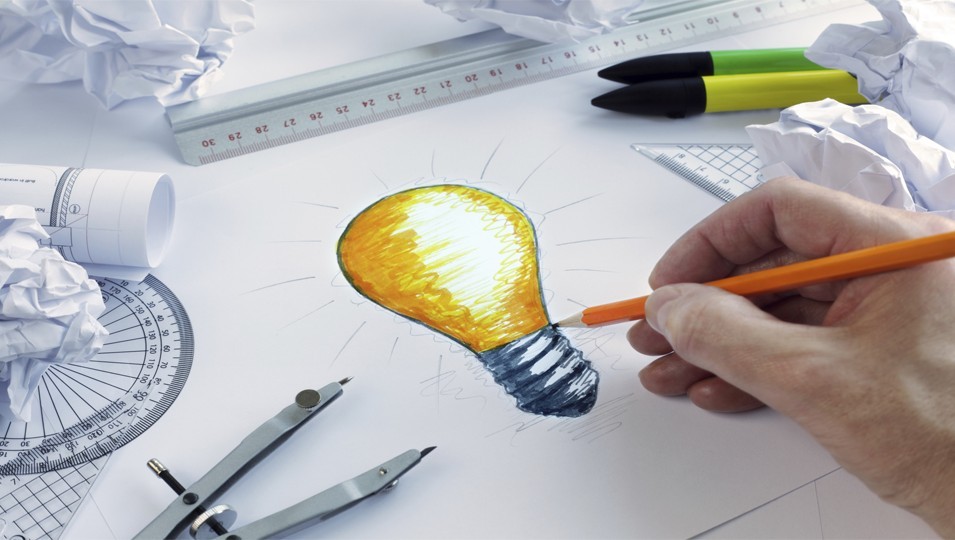
If you manufacture products, those products are a culmination of information from your whole organisation. Put another way, if the purpose of your business is to sell products, a good design brief should be informed by all aspects of your business. It is not just about colour and material, it’s how you develop your competitive advantage and stay in profit.
So how do we inform its creation?
Firstly, define what the product could be used for. Is it solving a problem, competing with existing products, simply intended to be desirable, or a revolutionary approach to new problems?
The key aspect is that you come out with a business advantage or you have to ask yourself why start. The product needs to be as good as it can be both in end performance and in its realisation process. Let’s not waste money or bring out an underperforming product, therefore, background research into the reasons for developing a new product needs to be thorough.
Let us also look at a few areas that should be in a brief. The trick is to keep focus and keep the level of information appropriate for its task. It's to inform the designer and the business. The details should be in the support material in each supporting operational area. Remember nothing sits in isolation. A design brief is not just about aesthetics, what does a designer needs to know?
There are no apologies for the following list and it should also have a focus on your own specific business needs, but it is better to ask the questions up front than potentially miss a critical component.
Define the following:
So thinking about the above, where do you start? Task each operational area to populate the above information. Work together, where possible to think about potential opportunities, try and become an expert in your market area and enlist some market research support if necessary.
From the analysis elicit a strategy based on the information while keeping a reflective eye on your current status and where you want to be as a business with this new product development. And always stay true to your brand and your business ethos. Remember a design brief doesn't just say ‘a shoe like a competitor, price point £20’ or ‘a car that does 100 mpg.’
That is a notion, an idea, not a design brief. A design brief is a tool which is fed by an overarching long term business strategy and shorter term goals. A tool to start to determine the what, how, when and where that is needed to build an effective competitive product. Understand why and how demand can be created and support this by an understanding of how a competitive advantage can be embodied in your product.
Of course, pure research from a push approach is great, look what lasers and microwaves do for us. But ensuring your product outperforms how you originally intended it to requires understanding all the constraints around its evolution and development through to an end product that’s reflected against the current market players.
Find out more
Specific product development and innovation support, including the UCLan Innovation Clinic, is available to to growth hungry businesses with a new product or product idea they want to develop through Boost. Start the growth conversation by completing our online form or calling us on 0800 488 0057.
Author
Martin Jones, Innovation Manager for the UCLan Innovation Clinic. Martin’s background is in product research design and development, with a specific interest in product performance and consumer behaviour. He has worked for some of the biggest names in the product and retail sectors, bringing to market leading technologies in the sports performance industry and in broader product sectors.




The website uses cookies.
Some are used for statistical purposes and others are set up by third party services. By clicking 'Accept all & close', you accept the use of cookies. For more information on how we use and manage cookies, please read our Cookie Policy.